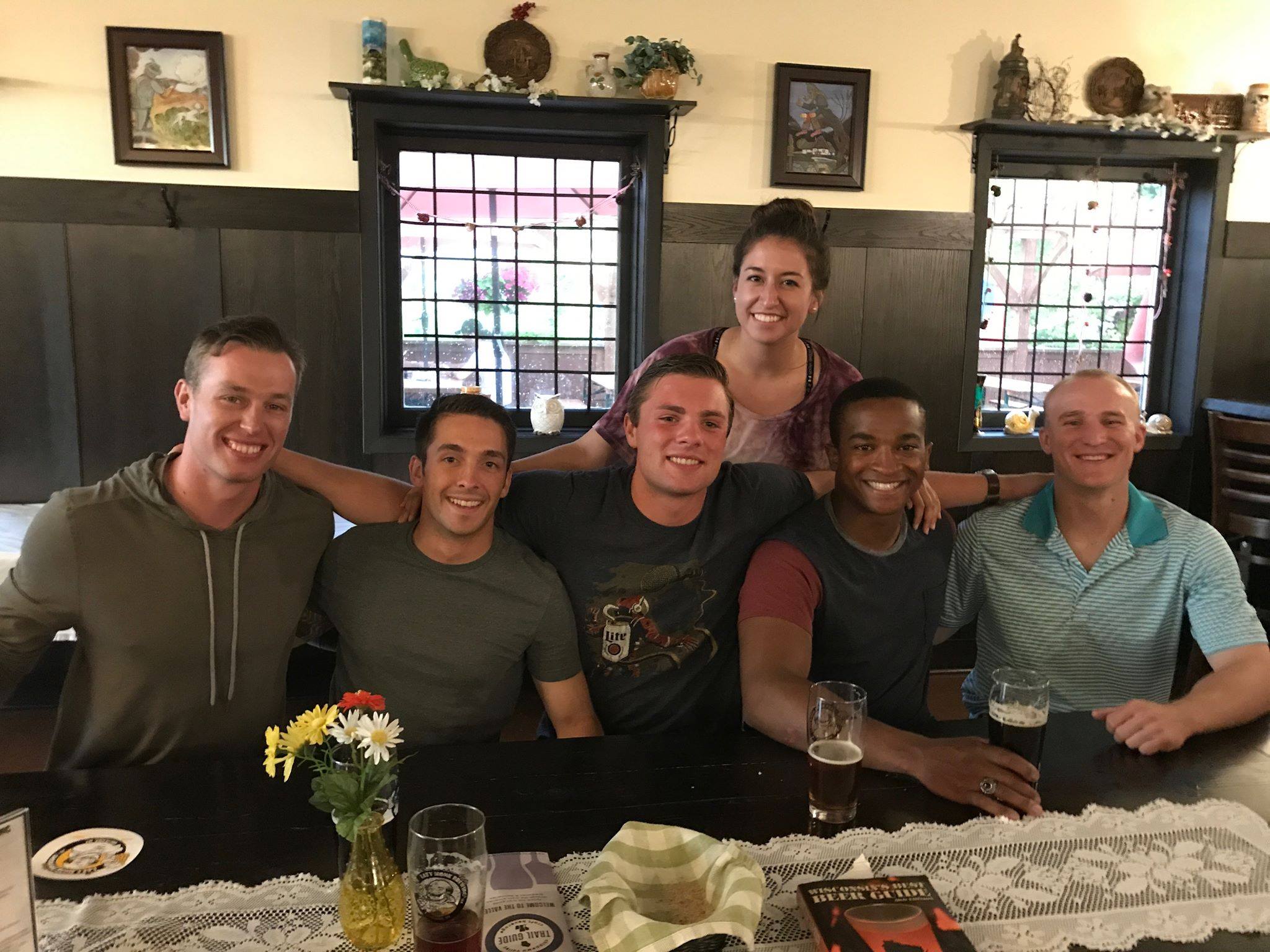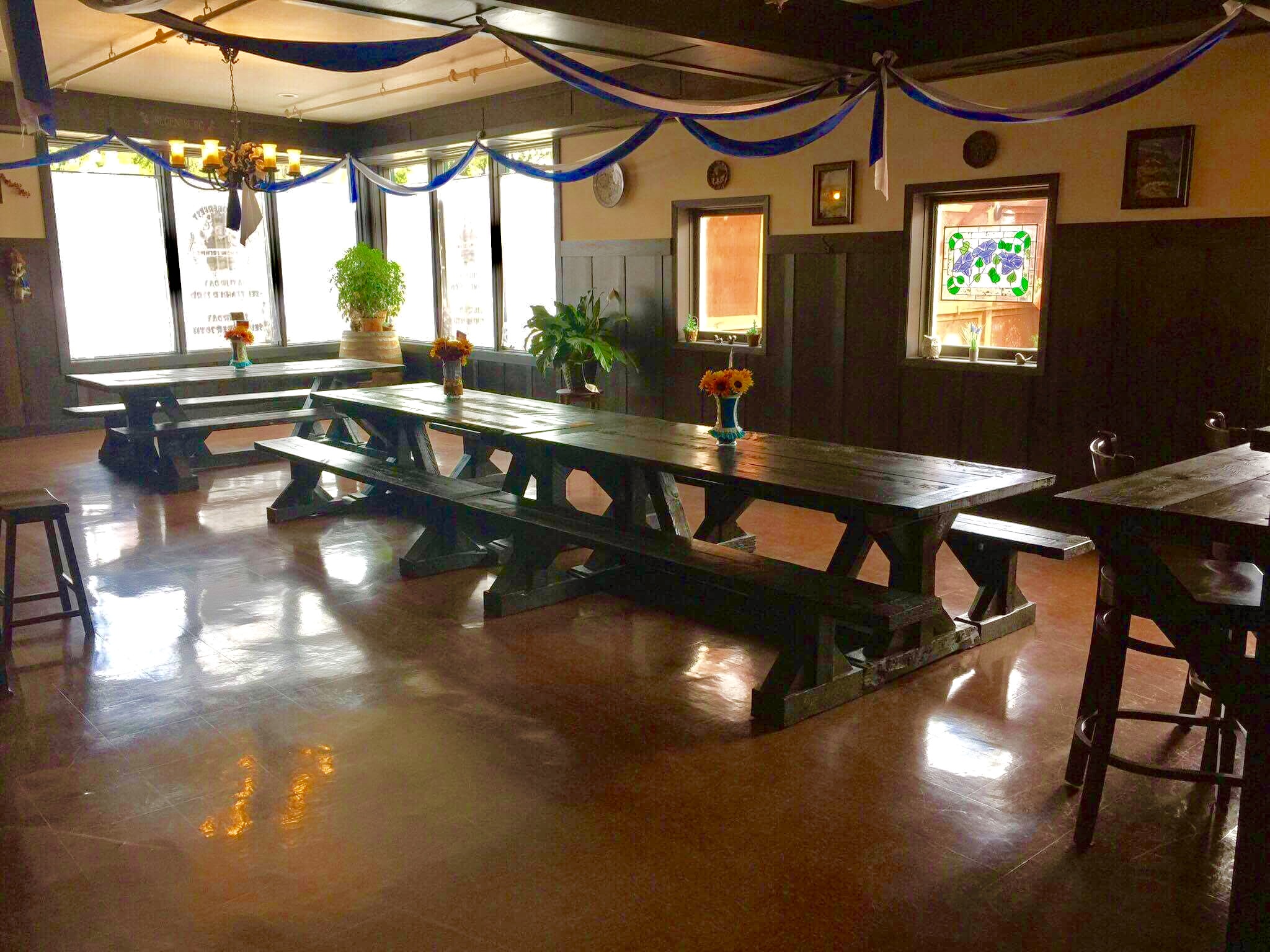Have you ever wondered what life would be like if monks decided to take it easy? Picture this: a monk lounging on a cushion, sipping tea, and just... chilling. Welcome to the world of the lazy monk, where mindfulness meets relaxation in the most unexpected ways. This isn't your average monk story—this is about embracing laziness as a form of self-care. So, grab a cup of tea, sit back, and let’s dive into the fascinating life of the lazy monk.
Now, before you start thinking that lazy monks are breaking some sacred code of conduct, let me clarify: being lazy doesn't always mean being unproductive. Sometimes, it's about finding balance in life. Lazy monks have mastered the art of doing less while still achieving inner peace. It's not about neglecting responsibilities but about prioritizing what truly matters.
So, why are we even talking about lazy monks? Well, in today's fast-paced world, the idea of slowing down has become more appealing than ever. People are searching for ways to reconnect with themselves, and the lazy monk philosophy offers a unique perspective. Let’s explore how this unconventional approach to spirituality can transform your life.
- Unlocking The Secrets Of Ugravefrac34ugravecircoslashplusmnucircoeligoslashsect Oslashacuteuacutecopyucircoeligoslashumloslashsectucircoeligucircoelig A Journey Into An Enigmatic World
- Joshua Moreno Root Division The Untold Story And Why It Matters
What Exactly Is a Lazy Monk?
Let’s break it down. A lazy monk isn’t someone who skips meditation or ignores the teachings of Buddhism. Instead, they’ve found a way to practice mindfulness without overexerting themselves. Imagine a monk who meditates for 10 minutes instead of hours, reads scriptures during their free time, and enjoys a good nap when needed. That’s the essence of the lazy monk lifestyle.
The Philosophy Behind the Lazy Monk
The lazy monk philosophy revolves around the idea of doing less and achieving more. It’s about simplifying life, focusing on what truly matters, and letting go of unnecessary stress. Here are a few key principles:
- Do less, but do it well.
- Prioritize rest and recovery.
- Embrace simplicity in all aspects of life.
- Find joy in the small things.
By adopting these principles, lazy monks create a harmonious life filled with peace and contentment. Sounds pretty good, right?
- Taylor Leigh Onlyfans A Rising Star In The Digital Age
- Carmelita Lombera The Rising Star Shining Brighter Than Ever
Lazy Monks Through History
Believe it or not, the concept of lazy monks isn’t entirely new. Throughout history, there have been tales of monks who embraced a more relaxed approach to spirituality. These monks weren’t lazy in the traditional sense; they simply understood the importance of balance and self-care. Let’s take a look at some historical examples:
1. The Monk Who Loved Naps
In ancient China, there was a monk named Wang who was known for his love of napping. He believed that a well-rested mind was better equipped to handle the challenges of life. Wang’s naps became legendary, and other monks began to adopt his practice. As it turns out, science agrees with Wang—proper rest improves cognitive function and emotional well-being.
2. The Monk Who Meditated for 5 Minutes
Another famous lazy monk was a Tibetan monk named Tenzin. Tenzin believed that meditation didn’t have to be a long, drawn-out process. He practiced for just 5 minutes a day and found that it was enough to keep him grounded and focused. His approach inspired many to simplify their meditation routines.
The Science Behind Laziness
Now, let’s get scientific for a moment. Studies have shown that taking breaks and allowing yourself to rest can actually improve productivity. In fact, the brain needs downtime to process information and recharge. So, when lazy monks take a nap or spend an afternoon relaxing, they’re not being lazy—they’re being smart.
Here are some interesting stats:
- A study by the University of California found that people who take regular breaks are 25% more productive.
- Another study revealed that short naps can boost memory and cognitive function by up to 30%.
So, the next time you feel guilty for taking a break, remember that you’re actually doing your brain a favor.
How to Embrace the Lazy Monk Lifestyle
Ready to channel your inner lazy monk? Here are some practical tips to help you get started:
1. Start Small
You don’t have to overhaul your entire life overnight. Begin by incorporating small changes, like meditating for 5 minutes a day or taking a 10-minute break every hour.
2. Prioritize Rest
Rest is just as important as work. Make sure you’re getting enough sleep and taking breaks throughout the day. Your body and mind will thank you for it.
3. Simplify Your Life
Get rid of anything that doesn’t bring you joy or serve a purpose. Simplifying your life will free up time and energy for the things that truly matter.
The Benefits of Being a Lazy Monk
Becoming a lazy monk comes with a host of benefits. Here are just a few:
- Improved mental clarity
- Increased productivity
- Reduced stress and anxiety
- Greater sense of inner peace
Who wouldn’t want to experience all of these amazing benefits? By embracing the lazy monk lifestyle, you can transform your life in ways you never thought possible.
Lazy Monk vs. Traditional Monk
So, how does the lazy monk differ from the traditional monk? While both paths aim for enlightenment, they take different approaches. Traditional monks often focus on discipline and rigorous practice, whereas lazy monks emphasize balance and simplicity. Neither path is better than the other—it’s all about finding what works best for you.
Key Differences
- Traditional monks meditate for hours, while lazy monks meditate for minutes.
- Traditional monks follow strict routines, while lazy monks allow for flexibility.
- Traditional monks prioritize physical endurance, while lazy monks prioritize mental well-being.
Ultimately, the choice is yours. Whether you choose the traditional or lazy monk path, the most important thing is to stay true to yourself.
Lazy Monks in Popular Culture
Lazy monks have made their way into popular culture in surprising ways. Movies, books, and even video games have featured characters inspired by the lazy monk philosophy. For example, the animated series "Avatar: The Last Airbender" features a character named Monk Gyatso, who embodies the essence of a lazy monk. He’s wise, kind, and always ready to take a break when needed.
These portrayals help to normalize the idea of embracing laziness as a form of self-care. They remind us that it’s okay to slow down and enjoy life without feeling guilty.
Challenges of the Lazy Monk Lifestyle
Of course, no lifestyle is without its challenges. Embracing the lazy monk philosophy can be difficult in a world that values productivity and busyness. Here are a few common challenges:
- Overcoming societal pressure to always be busy
- Finding the right balance between work and rest
- Dealing with judgment from others
Despite these challenges, many people find that the benefits of the lazy monk lifestyle far outweigh the drawbacks. With a little practice and perseverance, you can learn to navigate these challenges with ease.
Conclusion: Embrace Your Inner Lazy Monk
In conclusion, the lazy monk lifestyle offers a refreshing alternative to the hustle and bustle of modern life. By embracing simplicity, prioritizing rest, and finding joy in the small things, you can achieve a sense of peace and contentment that’s hard to come by elsewhere.
So, what are you waiting for? Start small, take it easy, and let your inner lazy monk shine. And don’t forget to share your experiences with others—after all, the more people who embrace the lazy monk philosophy, the better the world will be.
Table of Contents
- What Exactly Is a Lazy Monk?
- The Philosophy Behind the Lazy Monk
- Lazy Monks Through History
- The Science Behind Laziness
- How to Embrace the Lazy Monk Lifestyle
- The Benefits of Being a Lazy Monk
- Lazy Monk vs. Traditional Monk
- Lazy Monks in Popular Culture
- Challenges of the Lazy Monk Lifestyle
- Conclusion: Embrace Your Inner Lazy Monk



Detail Author:
- Name : Mrs. Katarina Jacobs
- Username : bartoletti.richard
- Email : xrempel@hotmail.com
- Birthdate : 1992-11-07
- Address : 8380 Dach View Friesenport, IL 27255-5964
- Phone : 442.855.9773
- Company : Prosacco-Zemlak
- Job : Structural Metal Fabricator
- Bio : Ipsum sequi eveniet laboriosam et doloribus aut voluptatem. Occaecati voluptates atque dolorum et nihil.
Socials
linkedin:
- url : https://linkedin.com/in/hdeckow
- username : hdeckow
- bio : Error necessitatibus beatae voluptatibus sint.
- followers : 2864
- following : 2703
twitter:
- url : https://twitter.com/helga_dev
- username : helga_dev
- bio : Est explicabo accusantium sit dignissimos ullam. In autem quo qui ea eum expedita. Nemo dolores distinctio non in tenetur qui vel veniam.
- followers : 1488
- following : 1175
tiktok:
- url : https://tiktok.com/@deckowh
- username : deckowh
- bio : Aut in et earum dolores sit et alias dolor.
- followers : 1831
- following : 2519
instagram:
- url : https://instagram.com/helga2103
- username : helga2103
- bio : In rerum corporis in dolorem. Voluptas autem rerum aut. Quis earum non odio quisquam id.
- followers : 4422
- following : 1312
facebook:
- url : https://facebook.com/helga_deckow
- username : helga_deckow
- bio : Saepe doloremque vitae quod magni incidunt.
- followers : 711
- following : 2077
